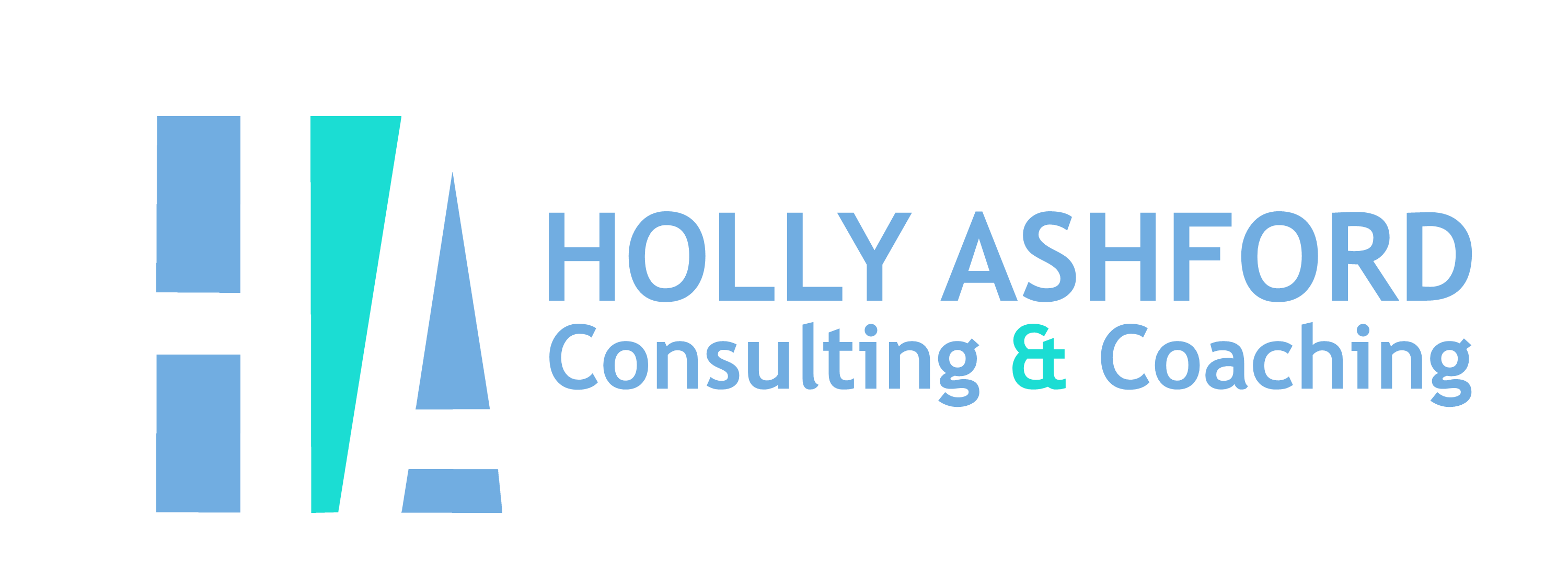
Want to know how to make LinkedIn
your new best friend?
We all know that producing a first-class CV is critical to any successful job search, but LinkedIn - its online cousin
if you will, is so often forgotten.
Your 'paper' CV is only seen by those select few companies that you choose to apply to, whereas your LinkedIn profile is available for all prospective employers and recruiters to see 24/7, so it pays to produce a good one.
Here are the key elements to get right in order that you stand out from the crowd:
Let's start with the basics...
• Photo – this is essential – we all know how much nicer it is to meet in person rather than in some text format – well this is a close second. LinkedIn is a professional website so we want a professional looking photo – you can take it yourself on your phone but it should be a head and shoulders shot of you looking into camera. No holiday shots please!
• Headline – a one-liner about you and your key skills – look at your personal statement from your CV and see if you can re-use core parts of that here.
• Summary – a short piece highlighting your background, your key skills and experience, the sort of role you are looking for and how you would add value within that role.
• Experience – key roles, responsibilities and most importantly the skills that you have demonstrated. Some employers are even known to search for candidates on LinkedIn based on specific skills. Make sure that all roles and dates match your CV 100% to avoid any red flags in the eyes of a recruiter.
• Education – this one kind of speaks for itself - list in most recent order and include grades where appropriate.
• Languages – include them if you have them – adds to your interest.
Now for the bells and whistles...
• Consider a video introduction – a huge step up from just a photo and very few people know you can include them or would even think to, so an amazing way to stand out. If you go for this option keep it short – 1-2 minutes only, remember it’s professional and use it to highlight your skills and enthusiasm!
• There's a whole media section on LinkedIn where you can add relevant videos, examples of your work, links to any blogs you've written etc. Gives any prospective employers a real flavour of what they'd get if they hired you.
• Skills and endorsements – you’re missing an opportunity if you don’t have the right ones visible here. Build your connections on LinkedIn, then go out to people you know well - tutors, or people you have worked with in the past - and ask them to endorse you for the specific skills you need for your ideal roles (only the specific ones you need so these rise to the top and are visible). In today's world, this kind of social proof can carry a lot of weight.
• Recommendations - include a couple of relevant testimonials from previous employers/tutors. You can request these very simply via LinkedIn from any contact - just make sure the commentary reflects the skills you want to be known for.
• Think about writing your own posts on key things that your network and prospective employers would be interested in – again it’s very simple and you can even just re-post other people's work that you find interesting, and add your own thoughts or comments.
And finally...
So that’s the piece about you sorted. Now let’s talk about a few ways you can use LinkedIn proactively throughout your career:
• Use it to make connections - follow companies that you're interested in joining to keep up with their latest developments and vacancies. Same goes for recruitment agencies - are there particular ones that specialise in the areas you’re interested in?
• Use it to build your network and your knowledge. So if for example you have an interview with Joe Bloggs at Amazon, then you can find them with the search bar at the top, then either follow them or maybe even connect with them directly. Once you have built connections, you can then look at their full profile see any posts they may have submitted to get further insight into them and their organisations. Maybe you went to the same university, or did the same degree - if so then great talking points to build rapport in that first face-to-face meeting. As a minimum, it allows you to see what they look like which I always find eases those interview nerves!
• Make the most of the LinkedIn job search functionality. You can search by role, location, company, experience level and a number of other filters. LinkedIn will also tell you which of your connections already work for that company - a great route to understanding more about the organisation's performance, goals and culture from those who really know.
So that's what you need to do. For help with the how, then simply contact me at [email protected] - I'd love to help you! Or check out our new and improved website - for FREE career resources, online courses and much, much more!
Holly

